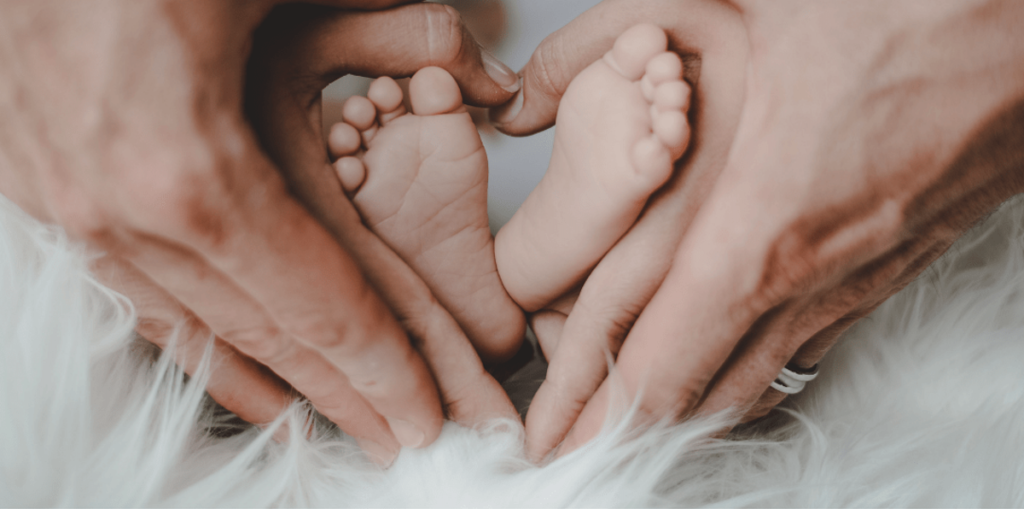The quality of our foremost relationships in our lives are crucial to all aspects of our adult life. Humans are intrinsically hardwired to survive, and the most powerful drive we have as infants is to form emotional bonds with our primary caregiver so they can help us stay alive, and to help us feel safe. Bonding, or attaching, is the one primal drive we have throughout our whole life that pulls two people together; for the purpose of being taken care of, and for the purpose of taking care of another.
Though fathers certainly have an essential role in the development of their children, Mother is the centre of the baby’s universe, primarily because we came from her, and our first experiences of the world came through her.
The way we attach to others can be very easily understood thanks to the research of one man. In the 1940’s, an English psychoanalyst called John Bowlby took elements of his training in psychoanalysis, and incorporated his study of human behaviour to create Attachment Theory.
An attachment may be defined as, “an emotional bond in which a person’s sense of security is bound up in the relationship”. Through much research, Bowlby was able to observe and record similar attachment behavioural patterns in children, depending on how their parent interacted with them.
Through this research, Bowlby was a pioneer in being able to prove just how influential the quality of the relationship with a primary figure in a child’s life impacts that child’s relationships right into adulthood. Such is the importance of this work, that attachment programming has since been shown to directly influence the neurobiological pathways of a person.
Attachment theory has also been profound in illuminating how adults succeed in relationships, because the patterns we internalise as children then play out in our intimate and social relationships, and how we parent our own children.
Bowlby discovered three types of attachment: secure, resistant and avoidant. Since his time, resistant has been renamed to anxious attachment, and a new category has been added: disorganised attachment.
As parents we are imperfect. We make mistakes, we get tired, overwhelmed, stressed and worried. No-one has, and no-one can offer, a childhood of purely secure attachment, so if you find yourself starting to feel guilty or inadequate as a parent whilst reading this, please don’t! We are all doing the best we can whilst doing the most important, and toughest, job on the planet.
Secure attachment
A secure attachment is formed when a child has experienced mostly consistent attention to their needs, physically and emotionally. Babies and toddlers need to be able to form a view about themselves and the world through emotional reciprocation of a primary caregiver. Think about the intense gaze newborns give, like they’re trying to draw an internal map of the person who’s holding them.
Up until the age of around two, children have no separate identity, so being left alone can be very frightening. When mum or dad leaves the room, they can’t understand that the absence is temporary, and as yet have no mechanism in place for self-soothing.
Young children also don’t have the capacity to separate themselves out from other people so their interpretation of facial expressions, tone of voice, and verbal cues are very ego-based. For example, if they see mummy angry, upset, crying, etc, children automatically believe it’s their fault or they have done something bad.
In the experiments Bowlby conducted, a mother and a child were put in a room together. Mum would then tell the child she was leaving and would be right back. The reaction of the child gave a very clear indication of the attachment type. In a securely attached child, he or she is happy to explore around with mum close by, and when reunited with her after a short absence, is happy to see her or feels comforted quickly if her absence was upsetting. Mum is emotionally attuning to the child so that the child can learn to self-soothe when feeling stressed. Secure attachment can be summed up as following:
Relationship to Parent
- Parent is responsive to child’s needs
- Parent is emotionally available
- Child develops trust within self and with others
- Child doesn’t fear abandonment/ rejection
Adult Relationship
- Positive view of self
- Can form deep, mature, trusting relationships
- Comfortable with closeness
- Interdependent
- Emotionally intelligent
- Good boundaries
Avoidant attachment
In the experiments Bowlby conducted, after a brief separation from mum, the avoidant child didn’t seek contact with her when reunited and may not even acknowledge her presence back in the room. This indicated mother’s lack of contact and inconsistency in meeting her child’s needs. The avoidantly attached child learns not to approach or seek comfort when distressed, because they have consistently been ignored, disregarded or invalidated when attempting to get their needs met. These children grow into adults who value independence highly and often won’t seek help. They also have trouble being close in relationships (can’t commit). Avoidant attachment can be summarised as:
Relationship to Parent
- Parent is unemotionally available
- Parent lacks empathy
- Child must learn ways to self-soothe for themselves
- Seeks own company
- Avoids closeness with parent
Adult Relationship
- Independent
- Avoids/minimises emotional closeness
- Distant/puts up walls
- Critical
- Rejecting
- Difficulty expressing emotions and needs
- Feels empty
Anxious attachment
In Bowlby’s experiments, he observed a pattern where children with anxious attachment displayed conflict and anger after being separated from their mother. They may seek contact with her but then push away and become angry with confusion, and take much longer to console. This behaviour was a result of parents who are slow in responding to distress in their baby. Leaving the baby to ‘cry it out’ may well produce a child who is more anxious. Inconsistency with emotional attunement can also cause a child to be confused and anxious because they never know what to expect emotionally from their parent. Anxious attachment can be summarised as:
Relationship to Parent
- Parent is distant/cold
- Parent is anxious/insecure
- Child needs safety and closeness but learns will be rejected
Adult Relationship
- Negative view of Self
- Lack trust
- Poor boundaries
- Co-dependent
- Insecure, manipulative
- Unpredictable, moody
- Clingy/needy
- Scared to lose relationship/ scared to be single
Disorganised attachment
This attachment style is the most chaotic and is the result of being abused in childhood: either physically, emotionally, verbally or sexually. They have felt consistently extremely unsafe because their primary source of safety becomes one of fear. Either the parent is highly inconsistent in their caregiving, or the child witnesses abuse, substance abuse and violence in the family home. These children grow up with a deep sense of distrust and can be diagnosed in adulthood with complex post traumatic stress. Disorganised attachment can be summarised as:
Relationship to Parent
- Parent has unpredictable behaviour
- Parent is frightening
- Child can’t rust parent to provide safety and love
- No sense of safety
Adult Relationship
- Negative view of Self
- Negative view of others
- Chaotic, explosive temper with difficulty regulating emotions
- Abusive
- Untrusting
- Crave affection and love but don’t know how to get it so will often seek then push away
You may be able to recognise a mixture of the attachment traits within yourself, and that’s perfectly normal. Having awareness of your own traits is the crucial step in healing attachment issues, repairing the relationship with our children when things become fraught, and preventing them from being passed to future generations.
About Kate
Kate is a counsellor and energy healer based in Sydney’s Hills District. She has identified a common thread amongst trauma sufferers; and that is that they appear to suffer from similar physical symptoms and ailments, along with a history of unresolved trauma of some description. These can have massive and devastating impact in all areas of a person’s life. Kate supports her clients on their healing journey in a holistic sense. This involves helping to process and resolve trauma in the body, help clients choose appropriate nutrition, and address lifestyle issues and old belief patterns that no longer serve them. Clients report feeling calmer, more in control, and with greater self-awareness able to make self-affirming life decisions from their core of inner knowing
A free 20 minute conversation with Kate can help you decide if therapy is the best approach for you. Get in touch by clicking the button below.





